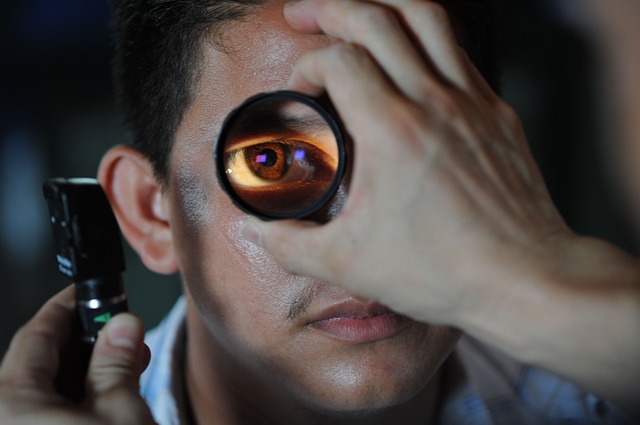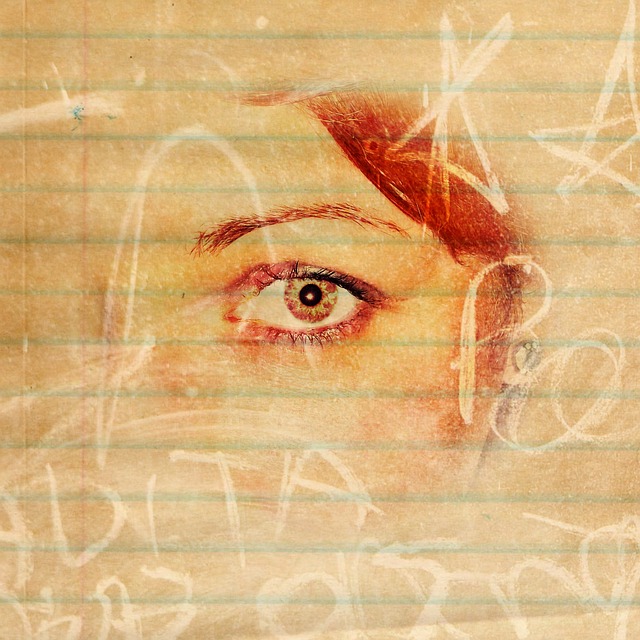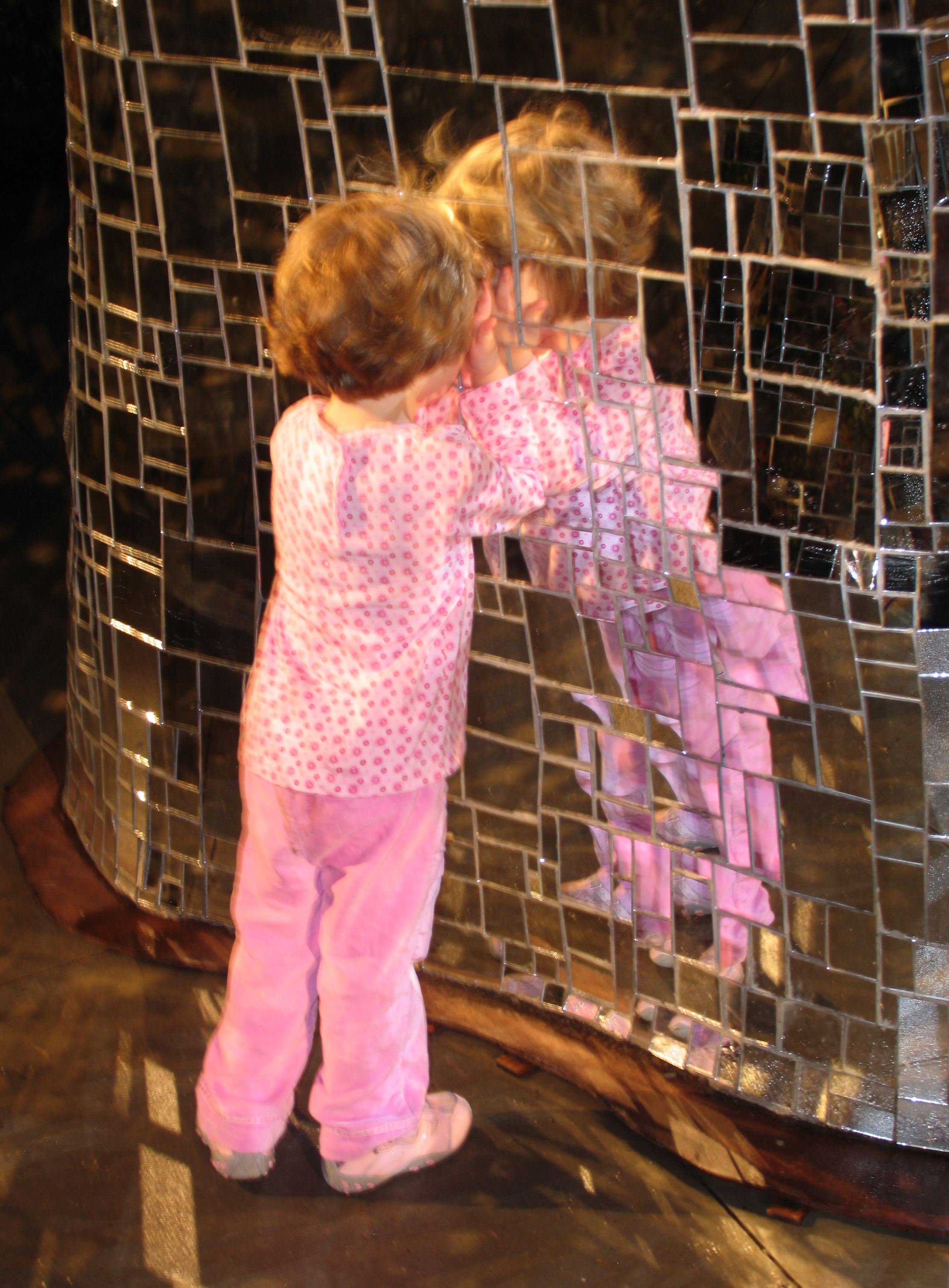 Do you use a smart phone to assist in your daily life? Or are you reluctant to make the switch to an iPhone or other smart phone, remaining with the older models of cell phones?
Do you use a smart phone to assist in your daily life? Or are you reluctant to make the switch to an iPhone or other smart phone, remaining with the older models of cell phones?In this article, four peer advisors from Vision Aware discuss their reasons for using, or not using a smart phone. Some share their experiences on how this technology helps them in daily life, highlighting apps for mobility and voice over assistance that aid with independence. Others discuss why they haven’t adopted a smart phone and don’t intend to.
If you’re on the fence about getting an iPhone or other type of smart phone, the thoughts in the article might help to clarify some of your questions.
What do you think about using a smart phone to help with independence? Share your thoughts in the comment section.
Insights about Using an iPhone: Pros and Cons for Blind and Visually Impaired Users

 The Assistive Technology Update is a podcast that’s posted weekly and covers topics that are applicable to people living with different types of disabilities.
The Assistive Technology Update is a podcast that’s posted weekly and covers topics that are applicable to people living with different types of disabilities. Haben Girma is a Harvard graduate and successful attorney at Disability Rights Advocates. She’s’ only 26 years old. And to top it off, she’s both deaf and blind.
Haben Girma is a Harvard graduate and successful attorney at Disability Rights Advocates. She’s’ only 26 years old. And to top it off, she’s both deaf and blind. In this short
In this short  In 2009, Laura Lawson Visconti learned that she was losing her vision because of a rare disease. She was in art school and, at the age of 22, was just coming into life as an independent adult. All of that was initially turned upside down by her diagnosis, but in
In 2009, Laura Lawson Visconti learned that she was losing her vision because of a rare disease. She was in art school and, at the age of 22, was just coming into life as an independent adult. All of that was initially turned upside down by her diagnosis, but in  New technology is being developed every year. Recent developments in special “glasses” are allowing many people with visual impairments to see, many for the first time in years.
New technology is being developed every year. Recent developments in special “glasses” are allowing many people with visual impairments to see, many for the first time in years. With all of the different ways that a visually impaired person can “read”, if she chooses not to use Braille, does that mean she is illiterate?
With all of the different ways that a visually impaired person can “read”, if she chooses not to use Braille, does that mean she is illiterate? Niki Mani is an 18-year-old with a non-profit organization that she runs to save the vision of people with diabetes. In the United states, there are 7.7 million people living with the disease and 1 in 10 of them will develop an eye disease directly linked to diabetes.
Niki Mani is an 18-year-old with a non-profit organization that she runs to save the vision of people with diabetes. In the United states, there are 7.7 million people living with the disease and 1 in 10 of them will develop an eye disease directly linked to diabetes. Federal officials say that the number of students with disabilities that are graduating high school is improving. Though still below average, it is encouraging to see the trend improving.
Federal officials say that the number of students with disabilities that are graduating high school is improving. Though still below average, it is encouraging to see the trend improving. Never letting her visual impairment stand in her way, Maribel Steele has even driven around a racetrack in Melbourne, just to say that she’s done it. While reassuring readers that she knows there are limitations and has made adaptions, Maribel lists 5 ways that blind people “do it better”.
Never letting her visual impairment stand in her way, Maribel Steele has even driven around a racetrack in Melbourne, just to say that she’s done it. While reassuring readers that she knows there are limitations and has made adaptions, Maribel lists 5 ways that blind people “do it better”. Computers are now able to recognize objects, people and activities, but how well can they understand the relationships between them? Researchers have recently created a visual ‘turing’ test to see how adept computers are in photo recognition.
Computers are now able to recognize objects, people and activities, but how well can they understand the relationships between them? Researchers have recently created a visual ‘turing’ test to see how adept computers are in photo recognition. Stephanae McCoy remembers seeing her grandmother use eye drops to combat glaucoma. Forty years later, she was giving the same diagnosis.
Stephanae McCoy remembers seeing her grandmother use eye drops to combat glaucoma. Forty years later, she was giving the same diagnosis. In this
In this  Does the thought of paying monthly bills create a flood of dread? For many of us, this regular task can cause stress. Just the pressure of the looming deadline can be enough to panic some of us without considering the financial implications and organization needed.
Does the thought of paying monthly bills create a flood of dread? For many of us, this regular task can cause stress. Just the pressure of the looming deadline can be enough to panic some of us without considering the financial implications and organization needed. A new report from The Vision Council highlights the increasing number of Americans living with visual impairment and how this affects their lives.
A new report from The Vision Council highlights the increasing number of Americans living with visual impairment and how this affects their lives. Jaina Mistery was a sighted child growing up in the UK. But as a teenager, she came down with an infection, had a serious allergic reaction to medication which had serious consequences including the loss of her sight.
Jaina Mistery was a sighted child growing up in the UK. But as a teenager, she came down with an infection, had a serious allergic reaction to medication which had serious consequences including the loss of her sight. According to the National Federation of the Blind, 63% of visually impaired adults are still unemployed. This number is down from an article by the Harvard Business Journal in 1989 which stated that roughly 70% of blind adults were unemployed.
According to the National Federation of the Blind, 63% of visually impaired adults are still unemployed. This number is down from an article by the Harvard Business Journal in 1989 which stated that roughly 70% of blind adults were unemployed. This year, 12-year-old Jalen Ballard, who is visually impaired, will be able to hunt for his own Easter Eggs. In past years, he has had to have help from sighted peers. But this year, with the help of beeping eggs made especially for the event with the help of the local bomb squad, Jalen and other visually impaired children will be able to search on their own.
This year, 12-year-old Jalen Ballard, who is visually impaired, will be able to hunt for his own Easter Eggs. In past years, he has had to have help from sighted peers. But this year, with the help of beeping eggs made especially for the event with the help of the local bomb squad, Jalen and other visually impaired children will be able to search on their own. In
In  In
In  For many people with visual impairments, art is inaccessible. Galleries and museums request that visitors refrain from touching works of art to avoid damaging pieces with the oil on hands. But a new project in Spain has recreated six masterpieces in multi dimensions to make them accessible through touch for people with visual impairments. To read more about this project and how the art has been recreated, visit
For many people with visual impairments, art is inaccessible. Galleries and museums request that visitors refrain from touching works of art to avoid damaging pieces with the oil on hands. But a new project in Spain has recreated six masterpieces in multi dimensions to make them accessible through touch for people with visual impairments. To read more about this project and how the art has been recreated, visit 